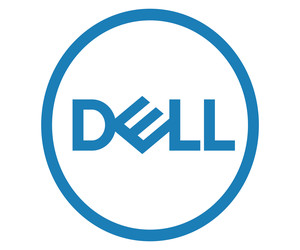Cyber Insurance Companies Are Tightening Their Payout Policies
According to Heidi Shey, principal analyst at Forrester, “Cyber insurance is only one component of a bigger enterprise cybersecurity risk management program. However, the cyber insurance market has been on a roller coaster, with skyrocketing premiums, changes in coverage and a demand for policies that outweighs available supply. After years of affordable and readily available policies, the ubiquity of cyber insurance combined with the rise in cyberattacks has changed the power dynamic in favor of the insurers.”
Jason Cray, technical owner of the data protection and information management practice at CDW, has picked up on similar shifts in the cyber insurance market. Cray and Tony Roberts, senior solutions engineer at CDW, have both noticed new limitations on cyber insurance policies during their work with CDW customers.
“The insurance premiums are just going through the roof, if you can even get them,” Roberts says. Plus, “insurance companies now are defining in their contracts that they’re not going to cover an attack if it comes from a specific nation-state.”
READ MORE: How to keep down higher ed cyber insurance premiums.
Cray agrees, citing insurance companies’ use of overly complicated paperwork. Insurance applications used to pose 20 to 30 questions, Cray says, but those forms now routinely include more than 400 questions worded in conflicting or confusing ways that make them nearly impossible for applicants to answer.
Regarding questions about an organization’s immutable storage, Cray says applicants might wonder, “Do I answer yes? My answer is yes. And then the insurer comes in and says, ‘Well, no, you didn’t have it across your entire environment, so we’re not going to pay.’” Of course, if applicants answer no to the question, their rates will certainly go up — if the insurance company doesn’t completely refuse to insure them. “And that’s the reality of what clients are facing today.”
“It’s getting super difficult to get it, to maintain it and then to adhere to it,” Roberts says of cyber insurance. Even when trying diligently to comply with the terms of a policy, organizations run the risk of an insurance company picking apart a policy and ultimately saying, “‘Well, you weren’t doing this one thing, so we’re not going to pay out.’ And I think companies have to take a look at that from a risk perspective.”















